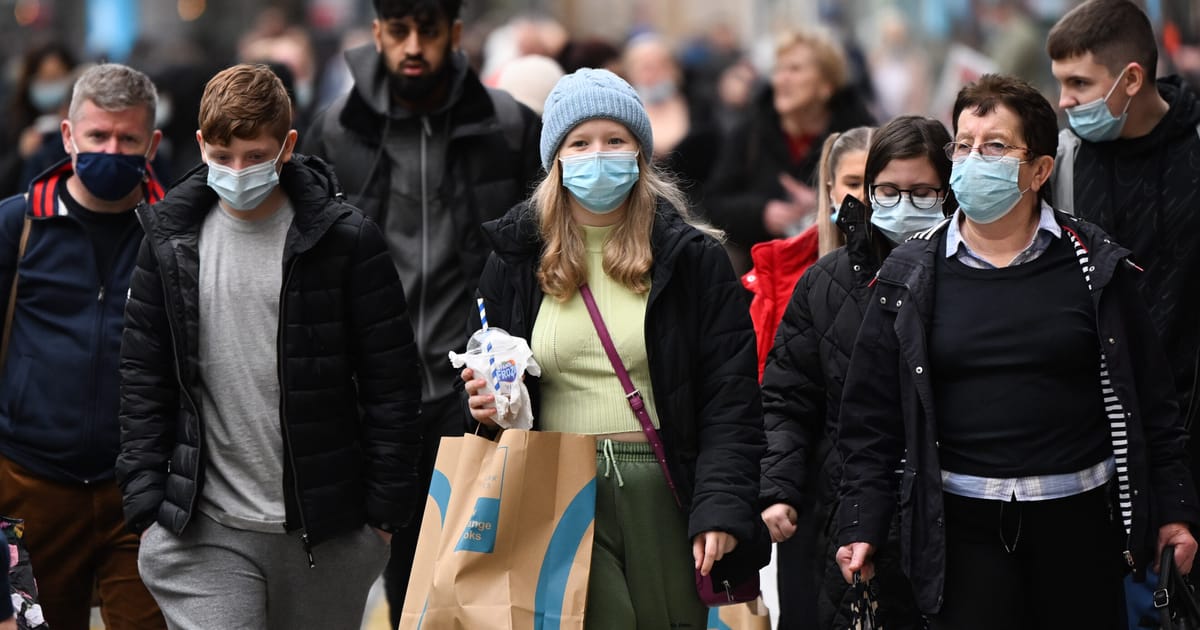Snap benefits are back after the US government shutdown, bringing relief to low-income households. However, new work requirements will affect many adults next month.
Author: admin
-
‘Billionaires eat first’: Thanksgiving signs highlight impact of SNAP funding delays
-

Verkhovna Rada office hands over signature sheets for govt’s resignation to European Solidarity on the day it received request – statement
The Verkhovna Rada of Ukraine has denied accusations by Artur Herasymov, head of the European Solidarity parliamentary faction, that it allegedly blocked the issuance of petitions calling for the resignation of the current government…
Continue Reading
-
Fire forces evacuation from climate summit as talks reach critical stage
BELÉM, Brazil — Delegates were evacuated from the COP30 climate summit Thursday after a fire broke out in the venue where negotiators are at a critical stage in trying to work out a deal for addressing the causes and impacts of the Earth’s warming.
Thousands of people spilled out onto…
Continue Reading
-

Russian-Ukrainian war needs to come to end through negotiations involving both sides, our European allies
An end to the war between Russia and Ukraine, and one that would prevent a third invasion and deter others from aggressive actions around the world, can only be achieved through negotiations involving both sides and representatives of…
Continue Reading
-

War can end only with solution both sides can accept, former Austrian defense minister says
A barrier to a peaceful settlement of Russia’s war against Ukraine is the fact that Vladimir Putin issued a decree declaring the “annexation” of four Ukrainian regions to the Russian Federation, even though Russian forces have failed to capture them.
Werner Fasslabend,…
Continue Reading
-

Housing prices in Ukraine in Q3 2025 up by 12% – statistics
The housing price index in Ukraine for July-September 2025 is 112%, while for the same period in 2024 the figure was 111.7%, the State Statistics Service reported.
According to its data, on the primary housing market, price growth…
Continue Reading
-

Zelensky receives U.S. draft plan that could reinforce diplomacy
President of Ukraine Volodymyr Zelensky has officially received from the American side a draft plan that, according to U.S. assessments, could help reinvigorate diplomatic efforts.
According to Ukrinform, the President’s Office reported this on Telegram.
It is…
Continue Reading
-

‘Too little, too late’: 5 damning findings from Britain’s Covid inquiry
LONDON — Boris Johnson, look away now.
The 800-page report from Britain’s official inquiry into the coronavirus pandemic landed Thursday evening.
It makes for grim reading for the country’s former prime minister, and much of his top team. Johnson has yet to respond.
But the inquiry…
Continue Reading
-

Poroshenko Family donates 900,000 square meters of material for military camouflage nets
Photo: https://eurosolidarity.org/2025/11/20
Former Ukrainian President Petro Poroshenko and his wife, Maryna Poroshenko, have delivered more than 900,000 square meters of material for camouflage nets to the…
Continue Reading